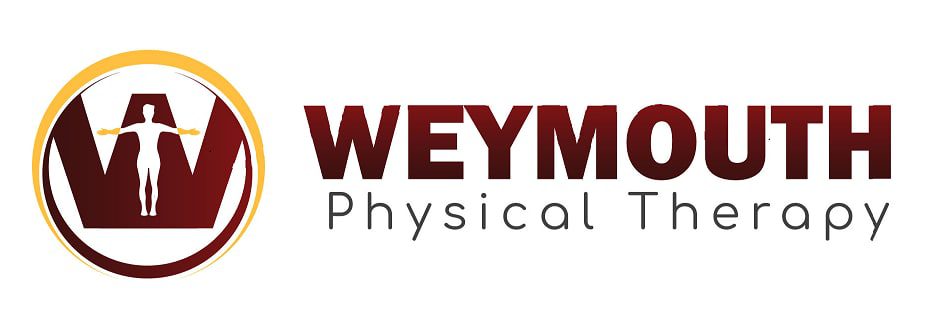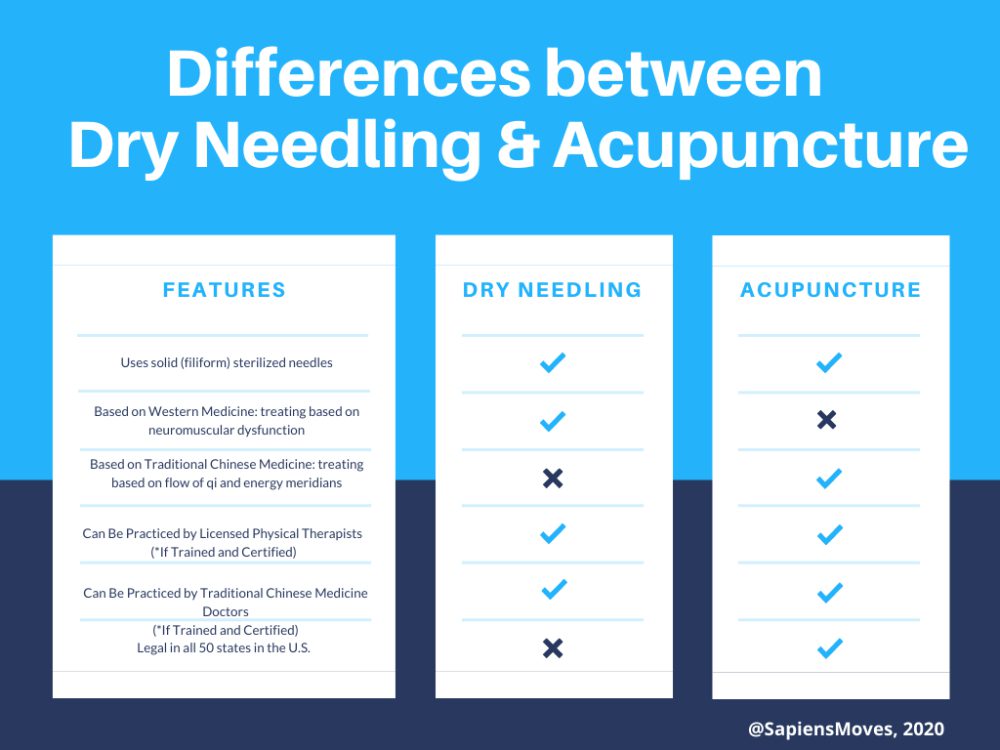Weymouth Physical Therapy
Services
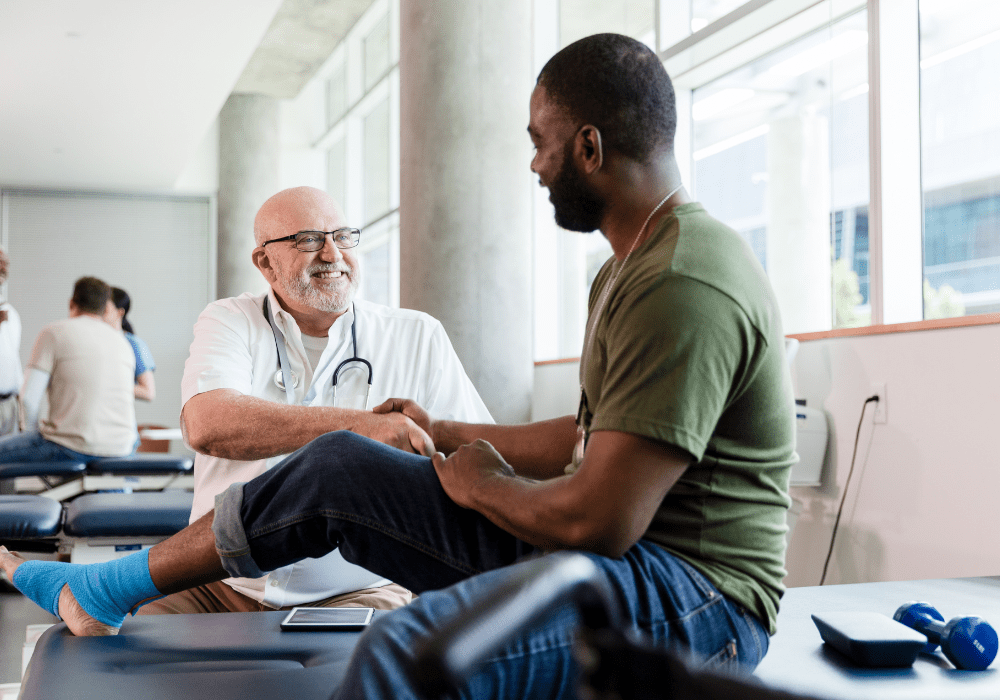
Orthopedic Conditions
Physical therapists are the musculoskeletal experts of the medical world. We have an in-depth understanding of how the muscles, joints, and connective tissue system works together in an integrated way. When something goes awry, that leads to pain and limitations in your activities. While addressing your pains and concerns, our primary focus will be restoring your ability to return to the things you love. We have extensive experience and have formed lasting relationships with physicians in the area to create a team of experts who work to get you back to the life you love.
Chronic Pain
Chronic pain is caused by an injury to your body that your brain interprets as a threat based on the many signals it receives from the body. The way our bodies react to pain and stimuli is different for every person, and our goal is to help you understand what your body is trying to tell you. Our therapists undergo extensive pain science education to help your physical limitations, retrain your brain, and educate you about the process. We understand all of the different dimensions that affect chronic pain. We hope to empower you over your pain so that you can get back to the life you want to live without the fear of pain.


Headaches
Headaches can come from a variety of sources – no two headaches are the same! Our therapists are specially trained to act like detectives and search out the cause of your pain. We will take the time to listen to your symptoms and your limitations to address the underlying cause of your headaches. We will utilize the most advanced treatment techniques, which may include intramuscular therapy/ trigger point dry needling, spinal mobilizations and manipulations, and a tailored exercise program to address your specific needs.
Low Back Pain
Low back pain is the single leading cause of disability worldwide, according to the Global Burden of Disease 2010. In addition, the NIH reports that the prevalence of neck pain is on the rise. Physical therapy is a cost-effective and non-invasive way to heal your spine. Physical therapists are trained to help relieve pain and limitations caused by herniated discs, bulging discs, sciatica, radiating arm pain, cervical and lumbar stenosis, and fractures. Our therapists will work with you to design a program that may include spinal mobilizations and manipulations as well as exercises to target your specific flexibility and stability needs. Speak with one of our therapists for a customized program designed to address YOUR limitations.
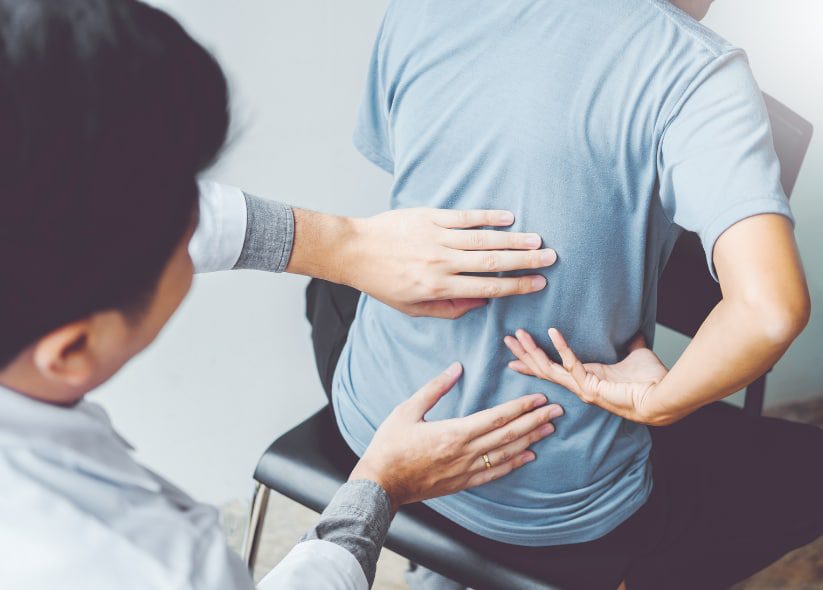

Neurological Conditions
Neurological conditions can present in a variety of ways. Some presentations the world is familiar with, such as multiple sclerosis, Parkinson’s disease, ALS, and stroke. Physical therapy can help at any stage of the game. Our therapists can help you regain the strength that you may have lost. We help with balance changes and address limitations that you may be experiencing in your daily life. We can also assist with developing a home exercise program to maintain what you have and prevent further decline. Our goal is to make you as independent as possible while pursuing the activities that you love. Our one-one treatment sessions allow you and your physical therapist to spend time on the treatments and information you need most.
Post Operative Therapy
There is nothing that stops you in your tracks more than surgery. Recovering from an injury can be a long process, especially when surgery is involved. Our therapists work closely with your surgeon to design a rehabilitation program to maximize your outcomes. We spend time explaining what to expect during the different stages of recovery and guide you through each phase. Our goal is to work with you to ensure you understand your rehab and help you get back to your preinjury activities.

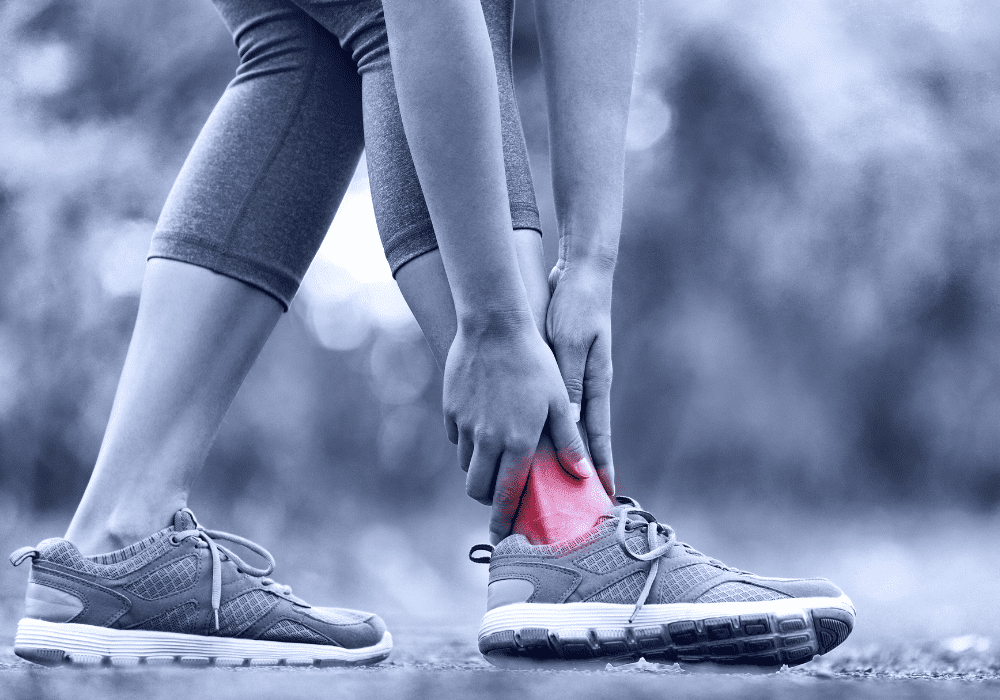
Sports Injuries
A sports injury can be devastating to an athlete at any level. We understand the stresses that a body goes through when we participate in sports. Those forces can cause problems in everyone from professional athletes, to dancers, to weekend warriors. Our therapists are specially trained to understand the athlete’s body. Our advanced manual skills can help restore the internal balance required for participation in sports. Whatever your participation level, our physical therapists can return you to your previous level and help you advance to the next! The sky is the limit!
What are Vestibular Disorders / Vertigo?
Are you experiencing the sensation that the room is spinning around you? Do you feel like you are constantly on a boat or unstable ground? Do you have ongoing light-headedness or dizziness that may or may not have resulted in a loss of balance or a fall? Dizziness when rolling over in bed or changing positions? If you answered yes to any of these things you may be experiencing symptoms of a vestibular problem!
The vestibular system is a key component of your balance and stability. The vestibular system itself is comprised of the inner ear and the brain to control your balance and aspects of your vision. Issues can arise in different areas of the vestibular system causing you to feel unsteady, dizzy or lightheaded. The most common cause of dizziness and vertigo is Benign Paroxysmal Positional Vertigo (BPPV), but dysfunction within the inner ear or vision can also frequently cause these symptoms.
VESTIBULAR REHABILITATION
Vertigo Dizziness
Vertigo or more specifically Benign Paroxysmal Positional Vertigo (BPPV) is a sudden sensation of spinning.
- Benign: Of no danger to health, not life threatening
- Paroxysmal: A sudden recurrence of symptoms
- Positional: Related to different body positions
- Vertigo: A sensation of spinning or whirling motion
Vertigo is caused by a problem in the inner ear. Small “crystals” called otoliths that are usually suspended in gelatinous material inside the ear get loose, moving around in the ear canals and causing a sickening spinning feeling. After diagnosis, most people recover from BPPV with a simple but very specific head/neck maneuver. Our physical therapists will assist in various movements of your head through a series of positions. These repositioning treatments are designed to move the crystals from the semicircular canal back into the area in the inner ear. By performing these exercises, most patients experience relief in if not one, but just a few short visits.
Have you ever suffered from a Concussion?
If you or someone you know has ever suffered from a concussion, you know the effects can be life altering. Most commonly, concussions occur from a traumatic impact injury and happen frequently in sports or car accidents. This trauma to the brain results in a cascade of effects that result in the common symptoms of concussions. Symptoms frequently include headaches, sensitivity to light and / or sound, confusion, poor balance, fatigue, sleep disturbances, dizziness, nausea, irritability, memory problems, emotional disturbances and personality changes. If you have any of these symptoms immediately following the initial injury or months later, you would benefit greatly from a skilled and trained physical therapist. Specific exercise programs, education, and vestibular rehabilitation are extremely important for those who have suffered a concussion.
Work Injuries
According to the Bureau of Labor Statistics, 2.9 million work injuries were reported in 2015. Our therapists have the advanced skill to get you back to full duty in the shortest time possible. Not only are our therapists experts at providing care, but our office staff are experts at working with your workers compensation company to ensure that all of the “i’s” are dotted and the “t’s” are crossed to ensure a smooth recovery period.
Dry Needling
Dry needling is a highly skilled specific treatment technique used on muscular trigger points that can create or contribute to pain and dysfunction. The trigger point is typically tender to the touch, guarded which restricts blood flow, and a zone where waste products accumulate. This can lead to dysfunction within the muscle.
Conditions currently treated with Dry Needling
- Headaches
- Low Back Pain
- Osteoarthritis
- Tennis Elbow
- Muscle Spasms
- Fibromyalgia
- Sciatic Pain
- Plantar fasciitis
- Achilles tendonitis
- Hip Pain
Graston Technique
The Graston Technique is a form of instrument-assisted soft tissue mobilization that enables clinicians to effectively identify and break down scar tissue and mechanical restrictions within soft tissues. The technique utilizes specially designed steel instruments, combined with stretches and exercises, to achieve superior outcomes. Graston Technique is used to treat a number of tendon disorders, mobilize scar tissue, and reduce edema and pain.
Common diagnoses that can benefit from Graston Technique include:
- Ankle Pain (Achilles Tendinosis/itis)
- Wrist Pain (Carpal Tunnel Syndrome)
- Neck Pain (Cervical Sprain/Strain)
- Fibromyalgia
- Hamstring Injuries
- Hip Pain
- IT Band (Iliotibial Band)
- Tennis Elbow (Lateral Epicondylitis)
- Back Pain (Lumbar Sprain/Strain)
- Golfer’s Elbow (Medial Epicondylitis)
- Knee Pain (Patellofemoral Disorders)
- Heel Pain (Plantar Fasciitis)
- Shoulder Pain (Rotator Cuff Tendinitis)
- Scar Tissue
- Shin Splints
- Trigger Finger
Manual Physical Therapy
What kinds of manual therapy exist?
Manual therapy is the hands-on component of physical therapy, but there are several different sub-categories within the practice of manual therapy. Each has its own benefits, depending on what the underlying problem is. Among the most widely used are:
Soft Tissue Mobilization
Soft tissue mobilization, or massage, focuses on the soft tissue aspects of the human body or the muscles, ligaments, and tendons. Often, if a patient has not been moving muscles due to illness or an injury, the tissues become tight and restricted. This can limit patients’ mobility and restrict blood flow to the muscles and surrounding joints. Soft tissue mobilization focuses on freeing up these damaged areas while promoting overall wellness. The Graston Technique is often used to provide soft tissue mobilization.
Joint Mobilization
A restriction in a joint can often happen after an injury such as lifting with your back, falling, or wrenching your neck. The restrictions in the joint can lead to muscle spasms and restricted motion which can cause secondary issues to the surrounding joints. A skilled physical therapist practices joint mobilization techniques, such as a “glide and slide” of opposing bones, in order to get the joints working properly again.
Spinal Thrust Manipulations
Spinal Manipulation involves rapidly moving a joint within its normal range of motion. This rapid motion causes a distraction or gapping of the facet joint surfaces and is often accompanied by an audible “crack” or “pop”. The pop is caused by the formation and collapse of tiny gas bubbles (this is called a cavitation) in the joint fluid.
Spinal Manipulation is used to treat a variety of ailments including neck pain, headaches, low back pain, sciatic pain, sacroiliac pain, rib pain, shoulder, and mid-back pain.
Neuromuscular Techniques
At times, muscles work themselves into abnormal states, in which the muscle stretch reflex has difficulty relaxing itself. To treat this, physical therapists use a technique known as “strain/counter-strain” that guides the problematic muscle into positions that are “opposite” the ones at which pain and tenderness starts. Staying in this position of slight tension helps relieve the spasms by gently pulling the muscles into the opposite direction of the reflex spasms.
